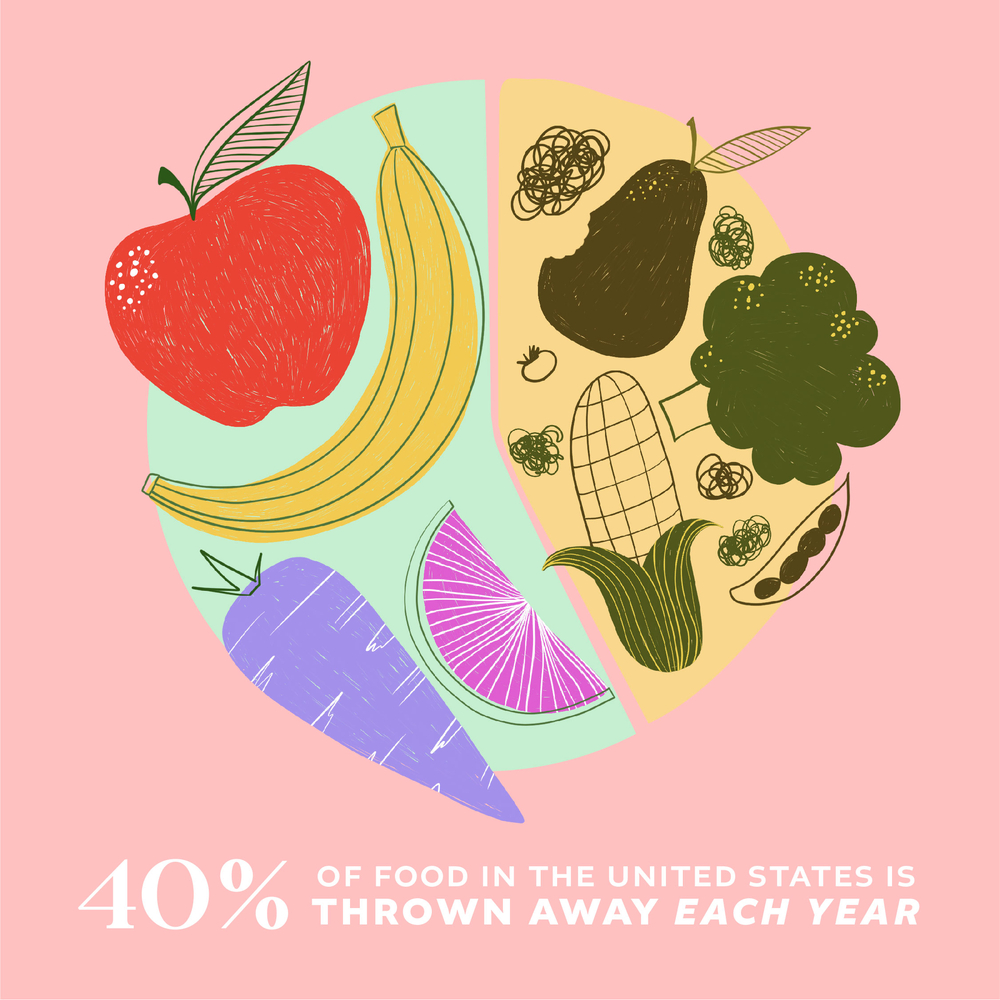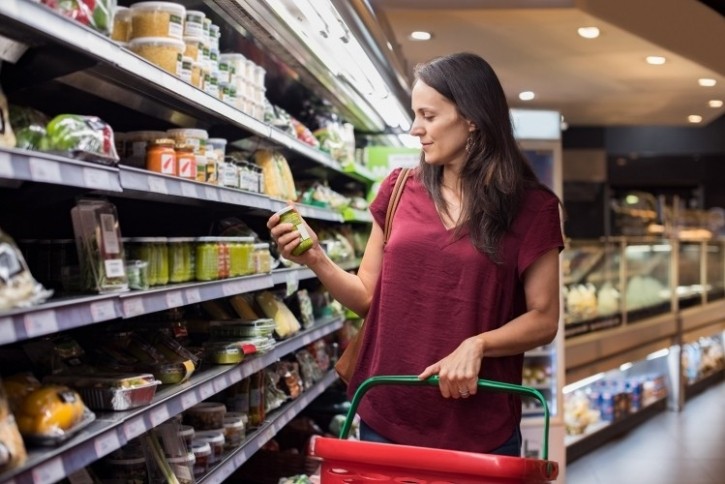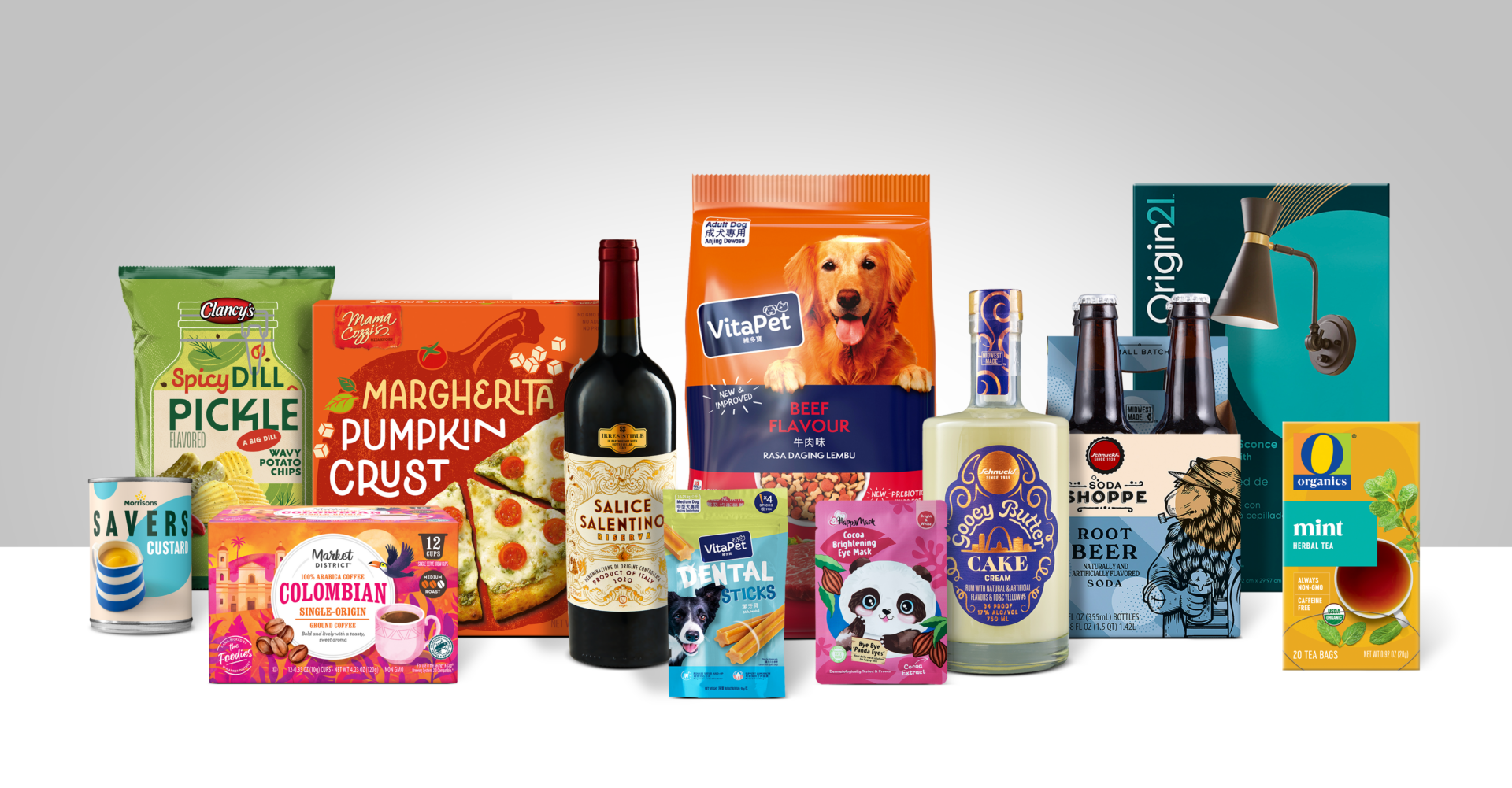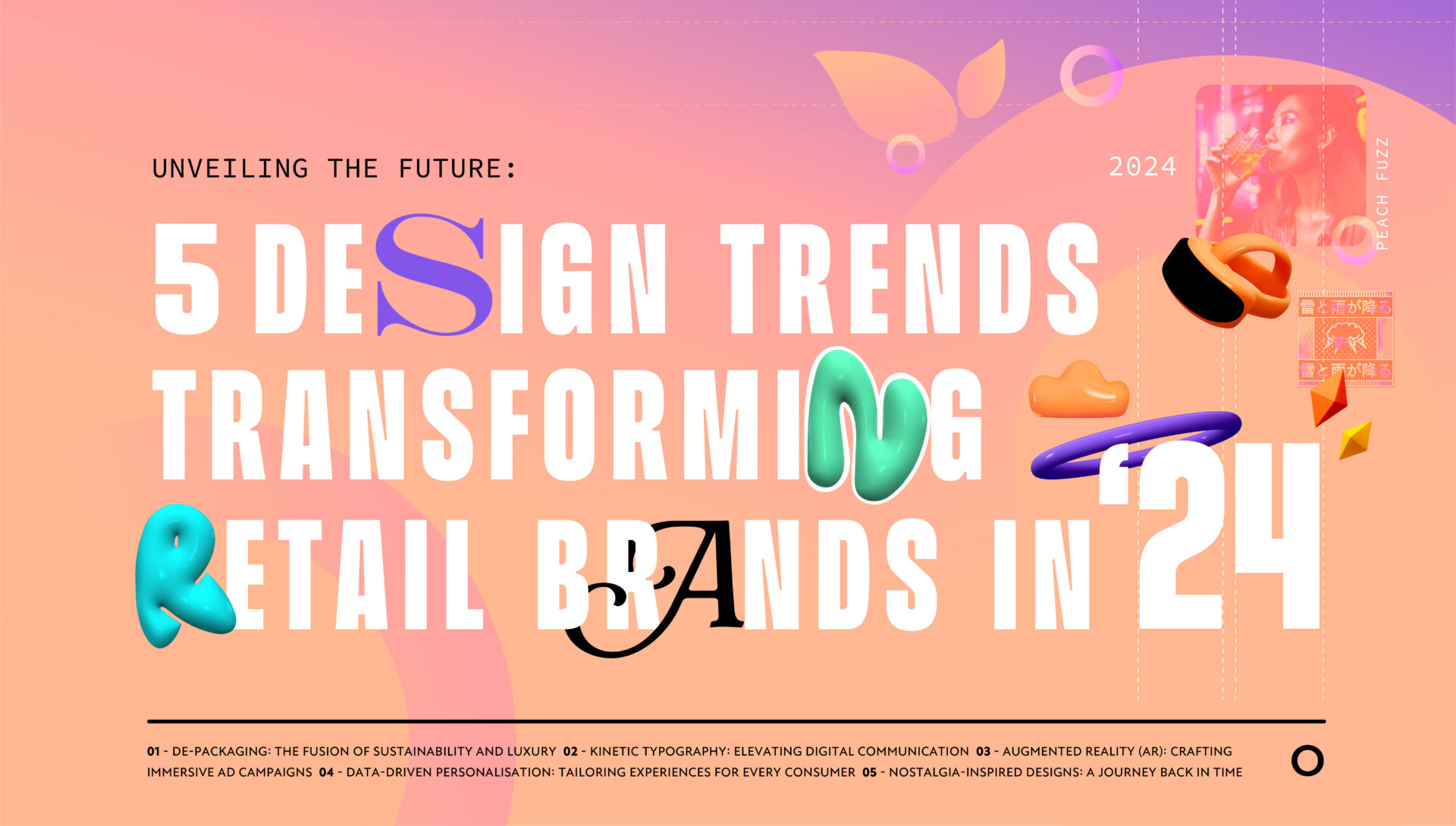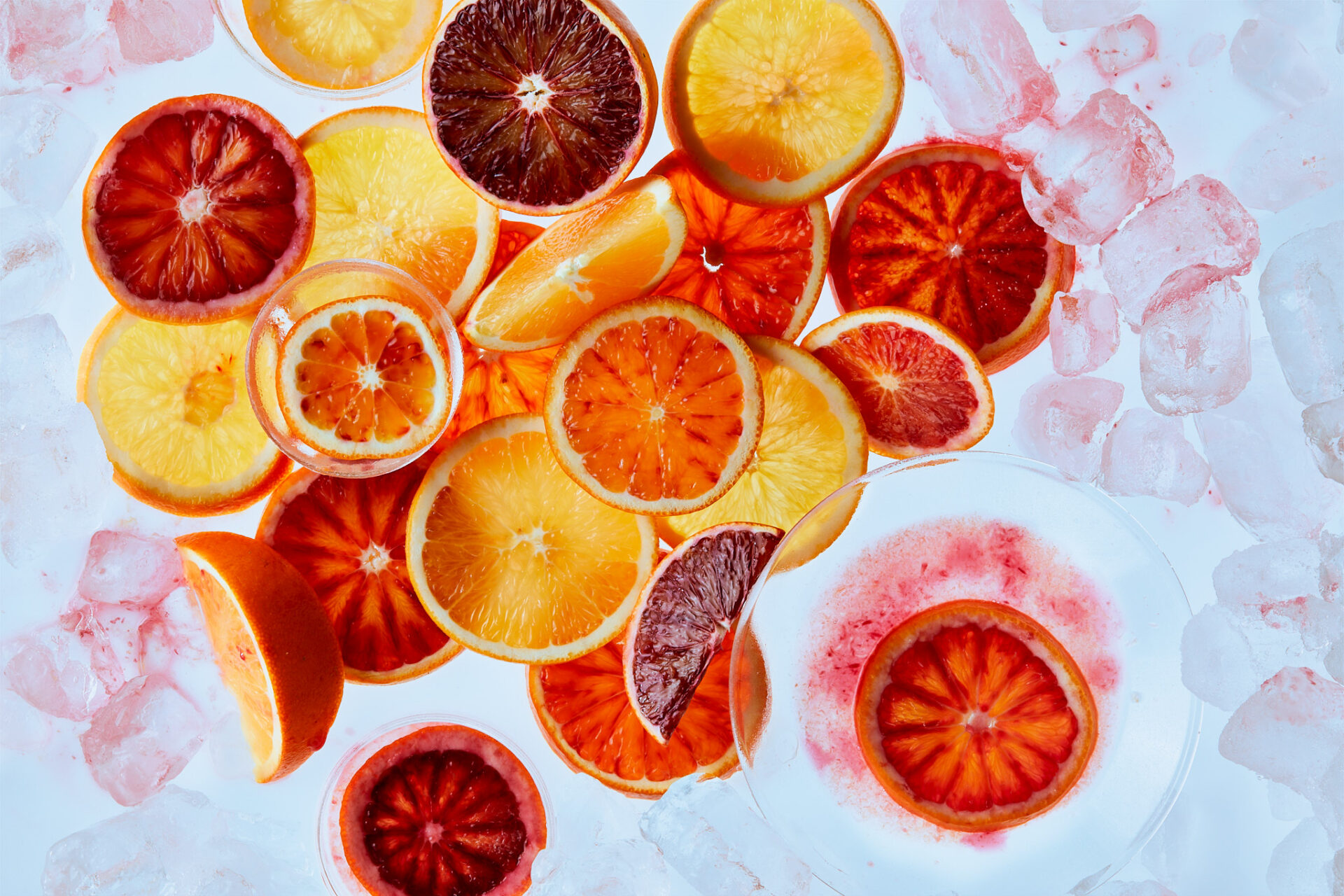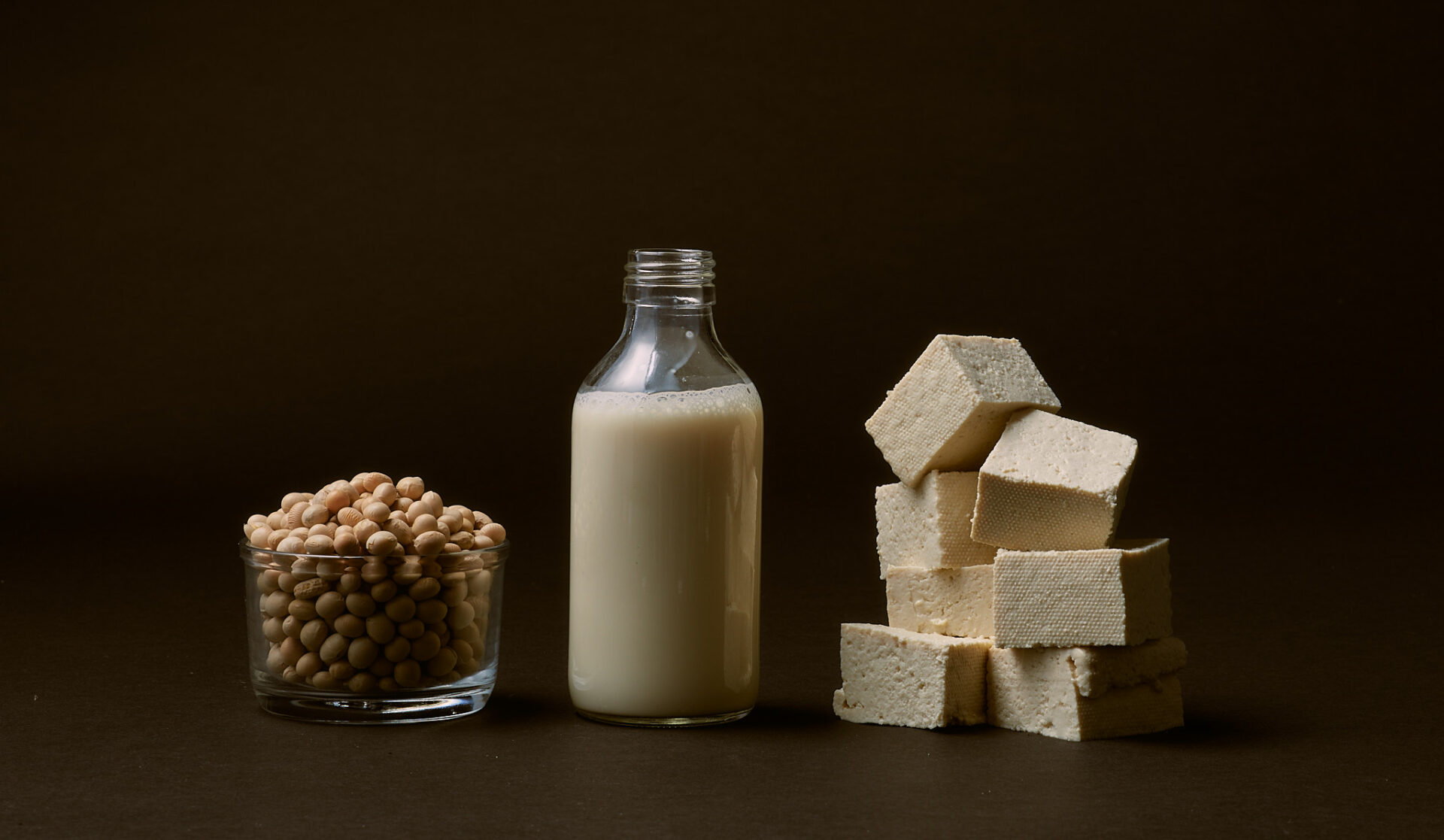WHY AND HOW BRANDS SHOULD BE HELPING CONSUMERS TACKLE THEIR FOOD WASTE HABITS
Creative Director, Glyn Robinson chats about how both consumers and brands can ensure our pandemic pantries don’t lead to unprecedented food waste.
If you’re well versed in the modern history of grocery stores, you may already know that ‘sell-by’ dates were never originally intended to be used by consumers.
In fact, they were introduced in Marks & Spencer’s storerooms in the 1950s, before making their way on to the shelves two decades later. Since then the ‘sell-by’ date – along with counterparts ‘best before’ and ‘use by’ dates – has gone on to sow global confusion.
Public confusion around ‘sell by,’ ‘best before’ and ‘use by’ dates is rife, and in addition to informing consumers of when their food is best for consumption, the dates massively exacerbate food waste problems. UK-based waste reduction charity Wrap estimates that as much as 30% of food binned for being “past date” has a best-before date, not a use-by date; ie, it probably doesn’t need to be binned.
In the pandemic era, the squeeze on household economies gives even more reason to mitigate food waste – how can Americans be satisfied with 40% of food thrown away uneaten each year in the face of supply chain uncertainty? How can Britons accept spending £10billion annually on wasted bulk buys in the context of an economy in crisis? Food insecurity and food poverty as well as environmental concerns put a fine point on the need to significantly reduce global food waste.
From the brand perspective, aiding consumers in their efforts to mitigate food waste makes sense. By both enhancing their understanding of ‘use by’ and ‘best before’ dates, and by sharing strategies to help them buy in bulk effectively, brands can make a difference and grow loyalty at the same time.
The impact of the COVID-19 pandemic on shopping behaviours and societal shifts mean that brands are in a position to take advantage of consumers’ fluctuating loyalties. We believe that brands which are able to respond to the shifts, and those which demonstrate support for consumers’ new lifestyles and concerns stand to reap the rewards in customer loyalty in a post-pandemic landscape.
The rise of the “Big Shop”
When it comes to shopping behaviours, the “big shop” has become the thing to do. Last year, shoppers reduced their trips to supermarkets by 10% from May to August, while basket size increased to as much as 19%. People have been shopping less frequently, planning out their weekly meals and doing more to make their purchases last until the next “big shop”.
With online shopping in the mix, the once-per-week big shop is even more likely, as consumers choose home delivery for pastas, sauces, tinned items and other pantry goods, and travel to bricks and mortar shops for fruit, vegetables, fresh fish and meat.
As a practice, the big shop also dovetails into consumers’ need to stock and re-stock their pandemic pantries, driven by a “just in case” mentality. Even with regular reassurance from retailers and government bodies on the continued availability of grocery items, waves of panic buying have been reported throughout the past year. Consumers are more aware of the fragility in the current supply chain model than they were a year ago, and this has had a knock-on effect when it comes to trust in supply chain resilience and supermarkets’ ability to respond to lightning fast shifts in demand.
How brands can help
Just as before the pandemic, consumers are usually time-poor. Hours freed up by a lack of commute are usually taken up by homeschooling, additional emails and Zoom calls, and supporting other members of our families who may be more vulnerable. Consumers may not have time to search for information on use-by and best-before dates, or gather information on the seasonality and readiness of supply among fresh grocery items. However, supermarkets can supply this information through a host of in-store and digital means.
Making suggestions based on seasonal fruit and vegetables to accompany meal choices can be done during the online journey, or feature in apps which are used for meal planning or shopping. In store, the use of callouts and point of sale to grow awareness of use-by and best-before dates can help consumers to make more informed choices.
Increasing supply chain transparency, ie informing consumers of details on their fresh food’s journey “from farm to fork”, is a further method which is growing in popularity. Producers are leveraging high tech means to increase consumer confidence in the authenticity of goods – we may not be far off from a day when you can pick up a bunch of asparagus in store, scan a QR code and find out where it was picked, when and by whom.
Focussing on food provenance also creates a narrative which ties the journey of the food from its cultivation to its delivery and on to the consumer, which, at least in theory, should underscore the responsibility of the end use to consume these products before they spoil.
The latest food waste tech shows that a great many players across the value chain are concerned with food waste and do feel that weight of responsibility.
Enabled by real-time data, farmers, restaurants and consumers are communicating directly via apps including Farmdrop and Too Good To Go. Other apps use barcode scanners to help customers keep track of expiry dates and provide information on products and whether the companies who supply them are sustainable and ethical. While it’s the small and local retailers which have tended to join in with apps, larger brands and retailers should be paying attention.
Brands’ larger framework of supporting consumers’ efforts can also include providing them with low-tech strategies to reduce food waste. A weekly or bi-weekly shopping guide, for example, or a list of recipes which involve batch-cooking and how to utilise leftovers can help to fill a knowledge gap for those who may be working to reduce their food waste for the first time.
Packaging which supports food longevity
Many shops are starting to go back to paper bags in fresh fruit and veg aisles, however we can’t expect to see plastic wrapping to disappear completely – at least not yet. Plastic is still essential to food longevity, in many cases such as with cucumbers extending the shelf life of the product by several days. Other ways to enhance the longevity of the item include additives to the product and to the packaging, such as antimicrobials, which help to protect and conserve food during the storage, transport and onshelf phases.
If supermarkets are doing their bit, how do they make this clear to consumers, build trust and reassurance, as well as allay environmental concerns around the use of plastics? This may be a tricky point to negotiate, however putting consumers at ease that their health is being protected through food and substrate science, is paramount.
Luckily, there are advancements being made which may help to increase food longevity, while reducing reliance on plastics. New food wrapping innovations are beginning to emerge. For example, last year scientists at MIT startup Cambridge Crops developed an edible, imperceptible “silk” coating which could eventually replace plastic packaging to preserve meats and produce.
It’s hoped that innovation will lead to better longevity ultimately leading to less food waste. Confusion over what’s in date and what’s not, however, is likely to have no expiry.
